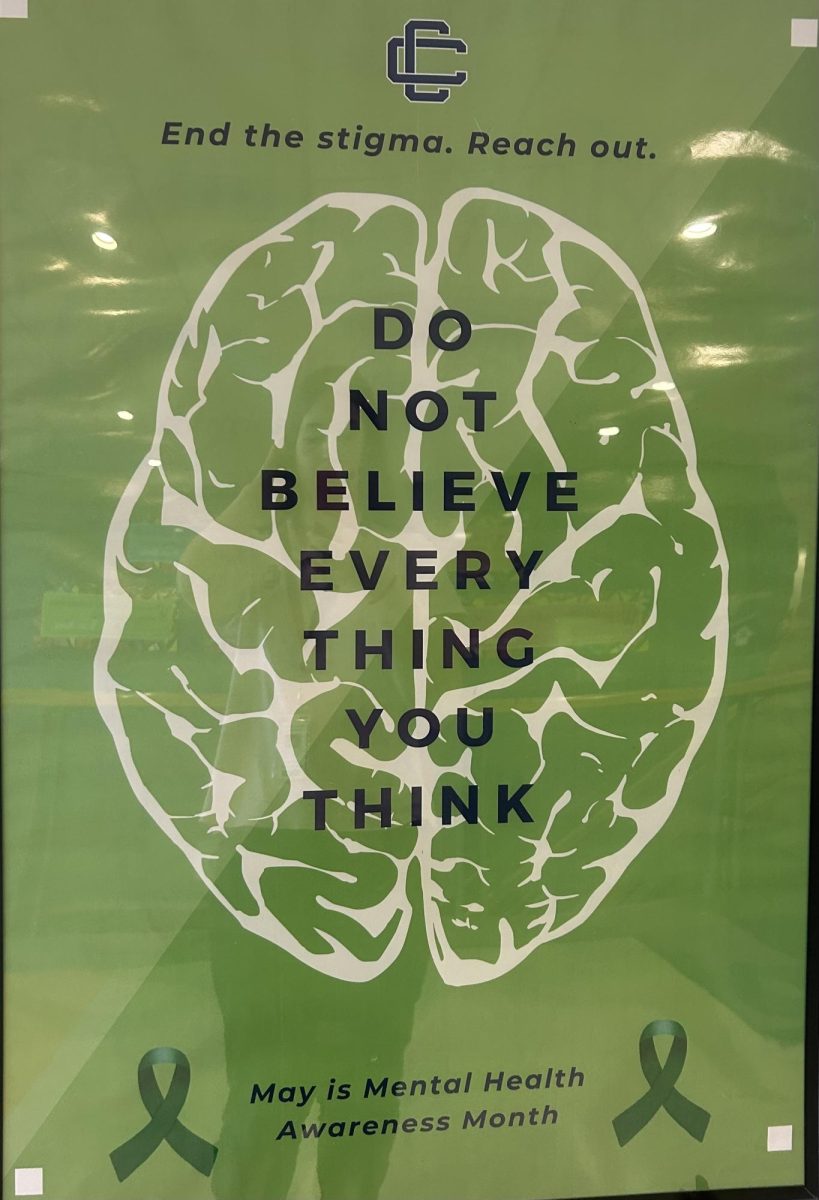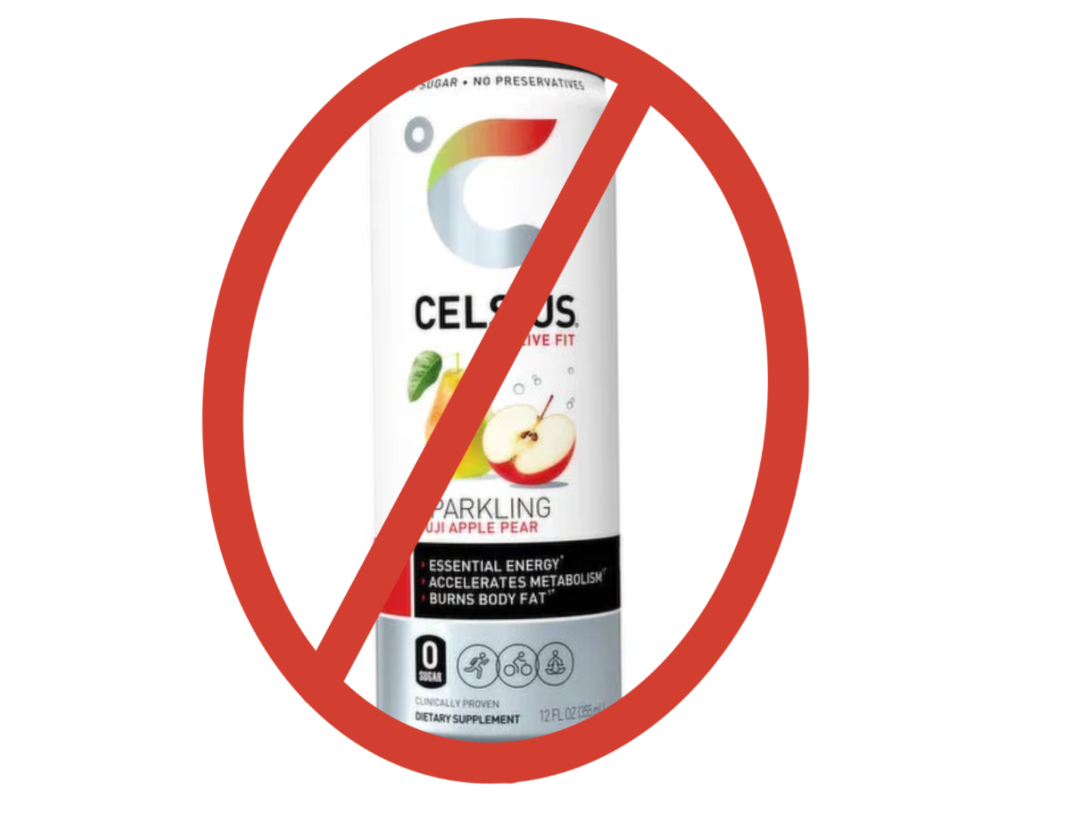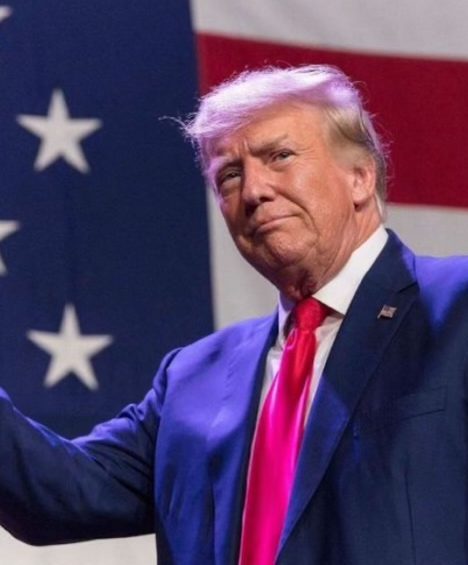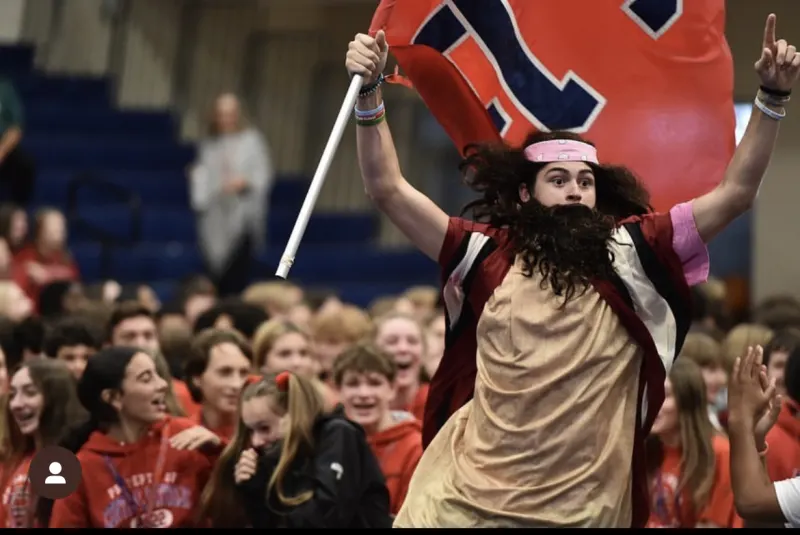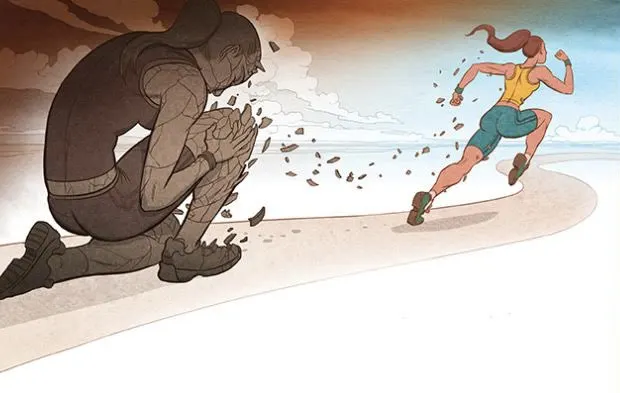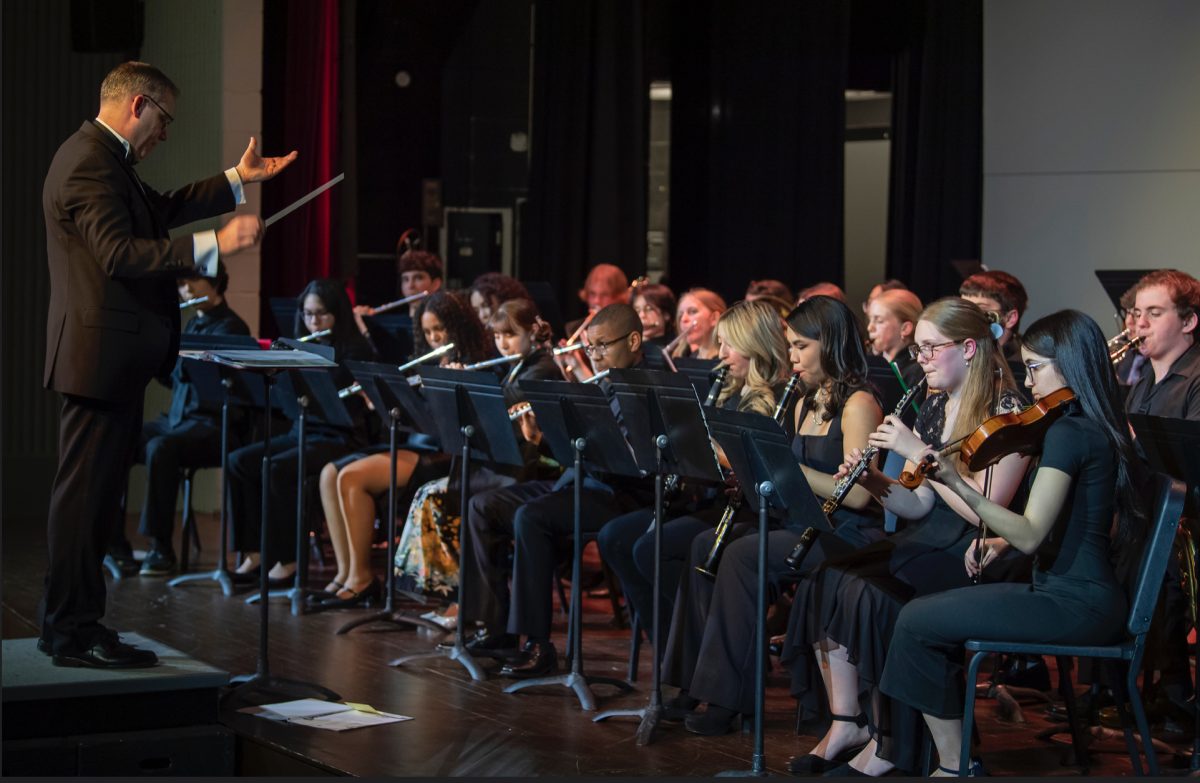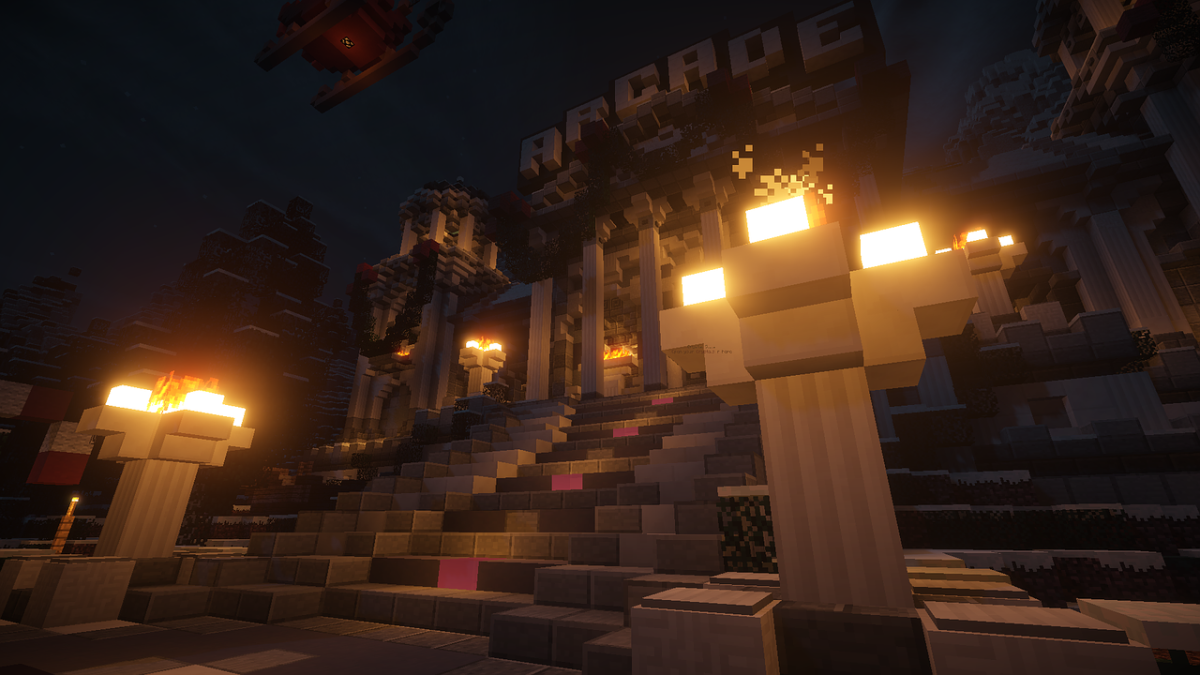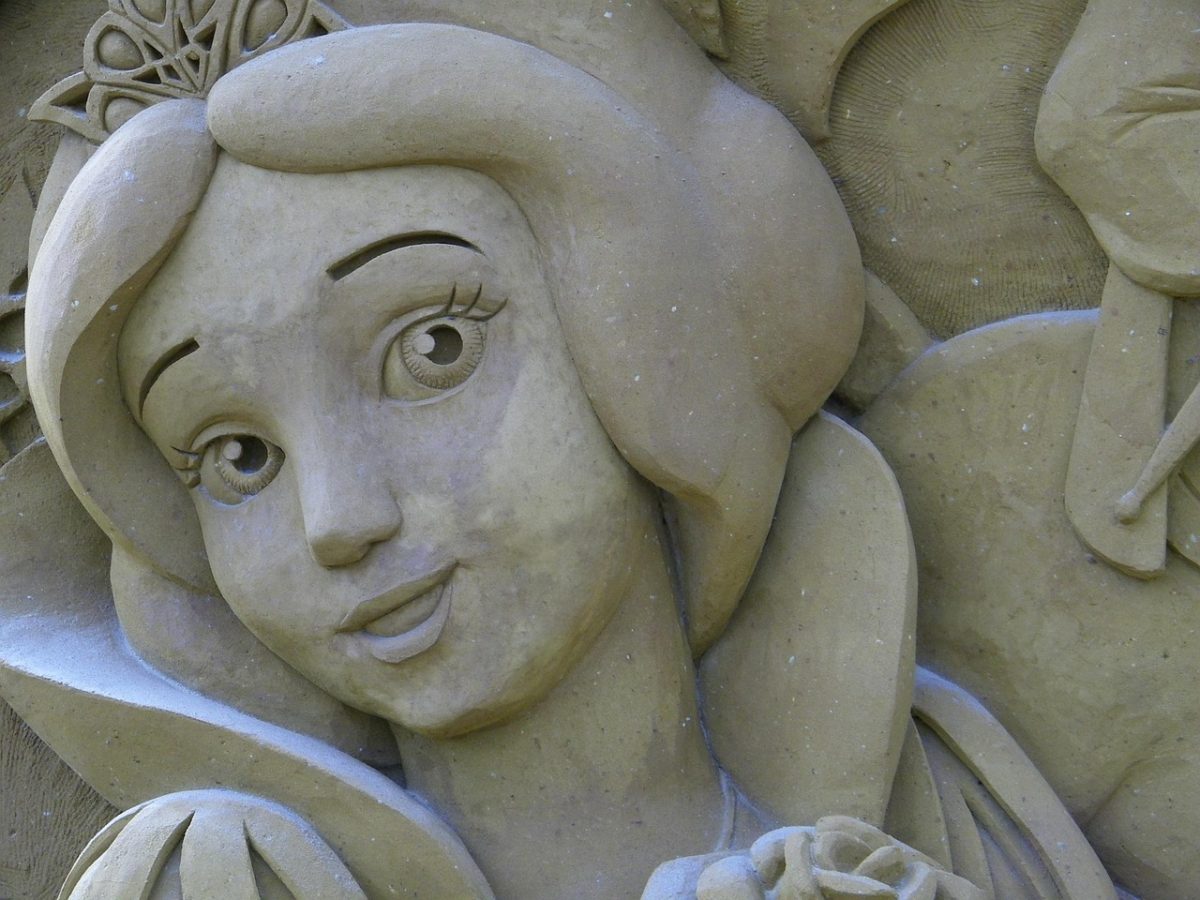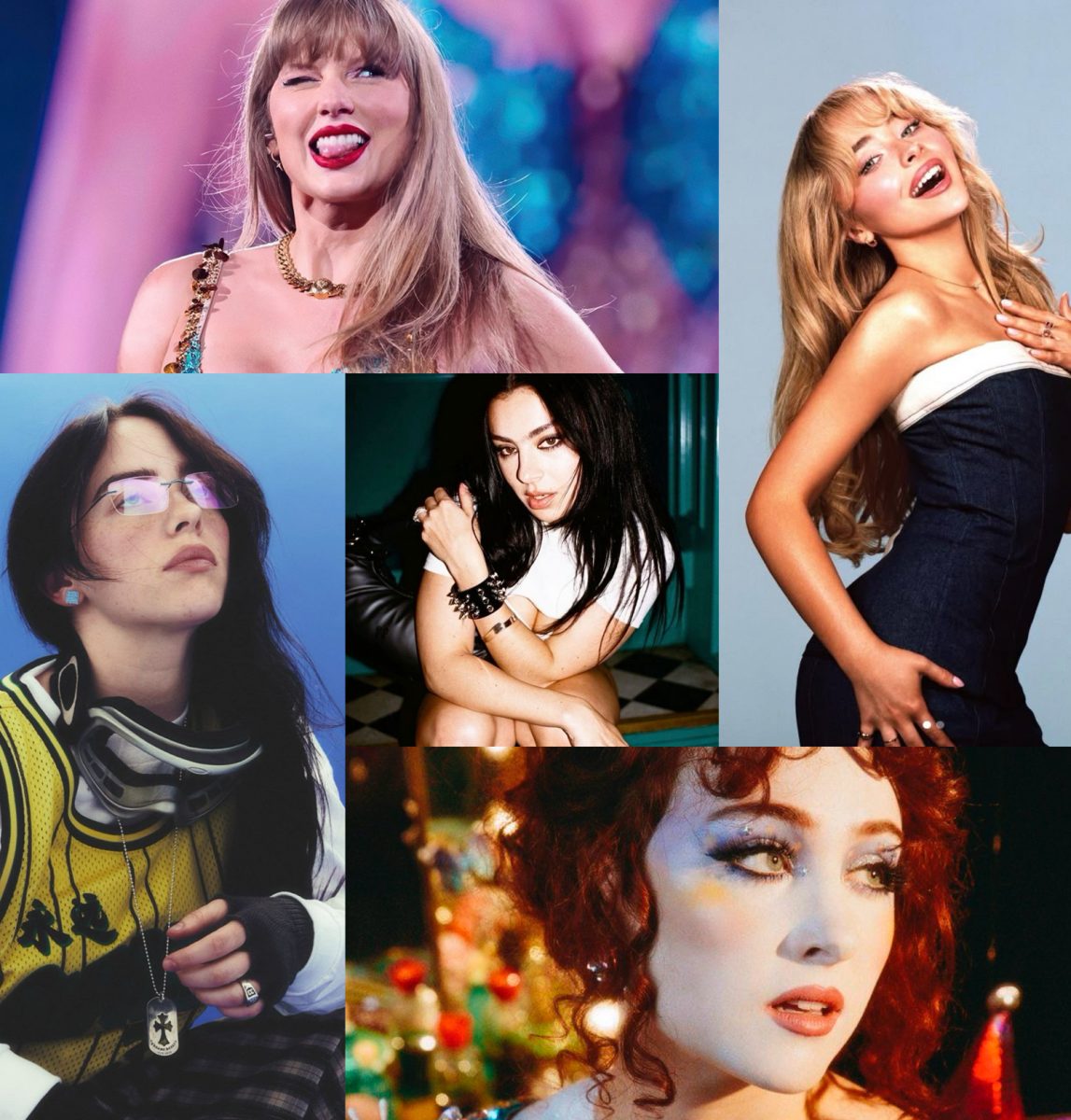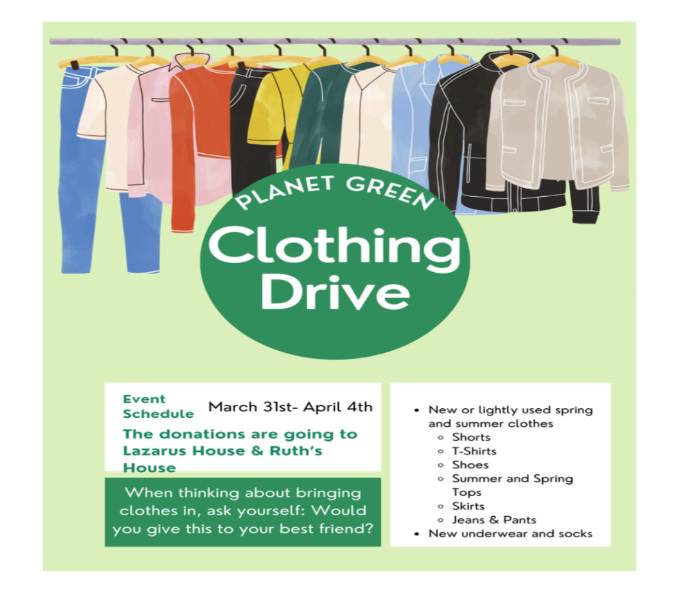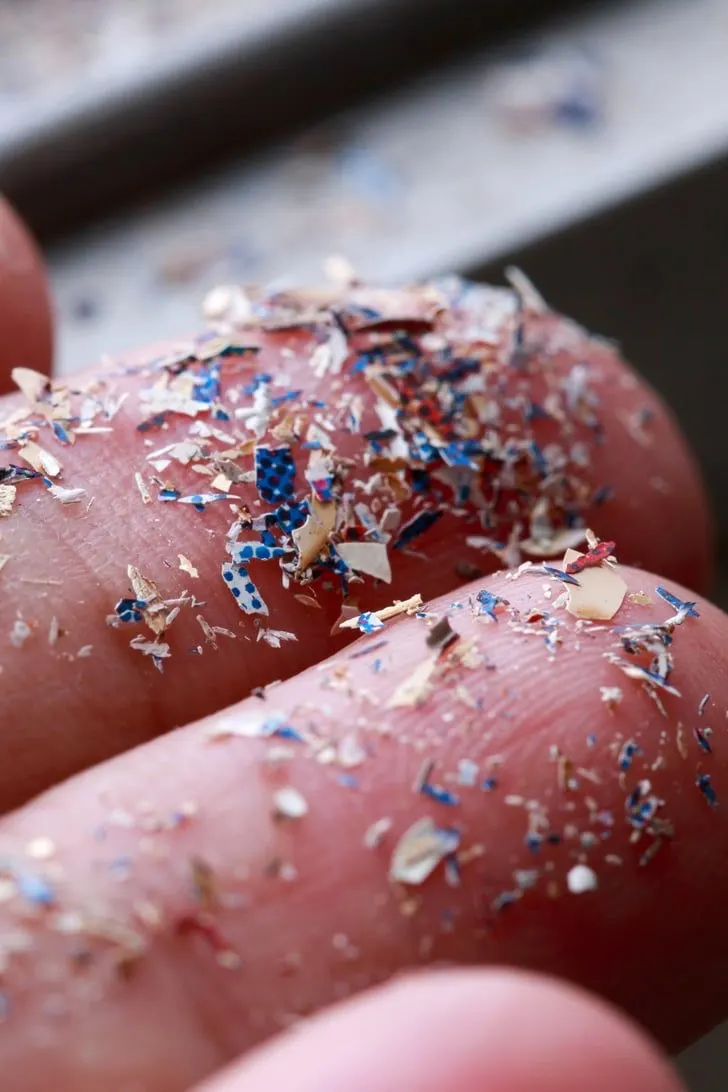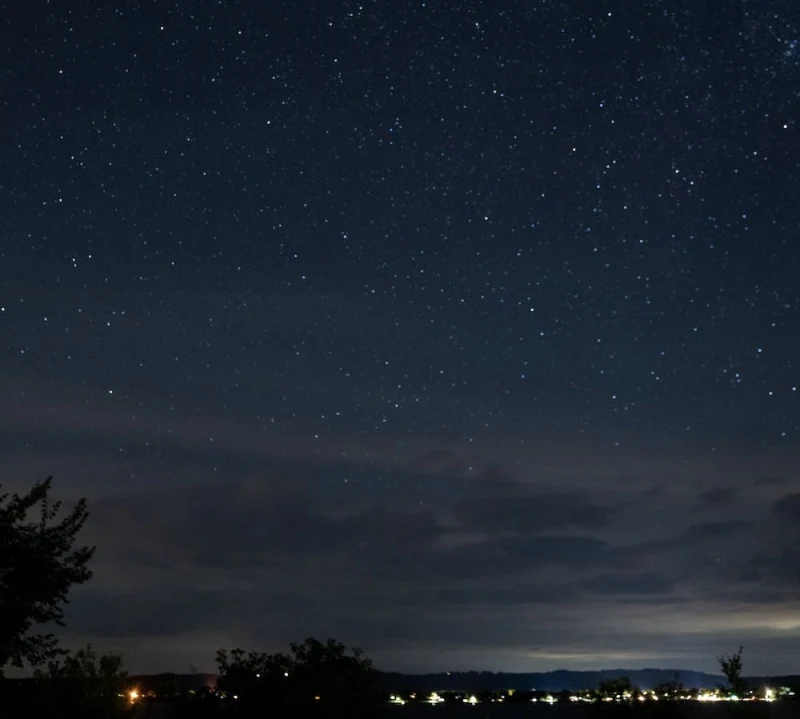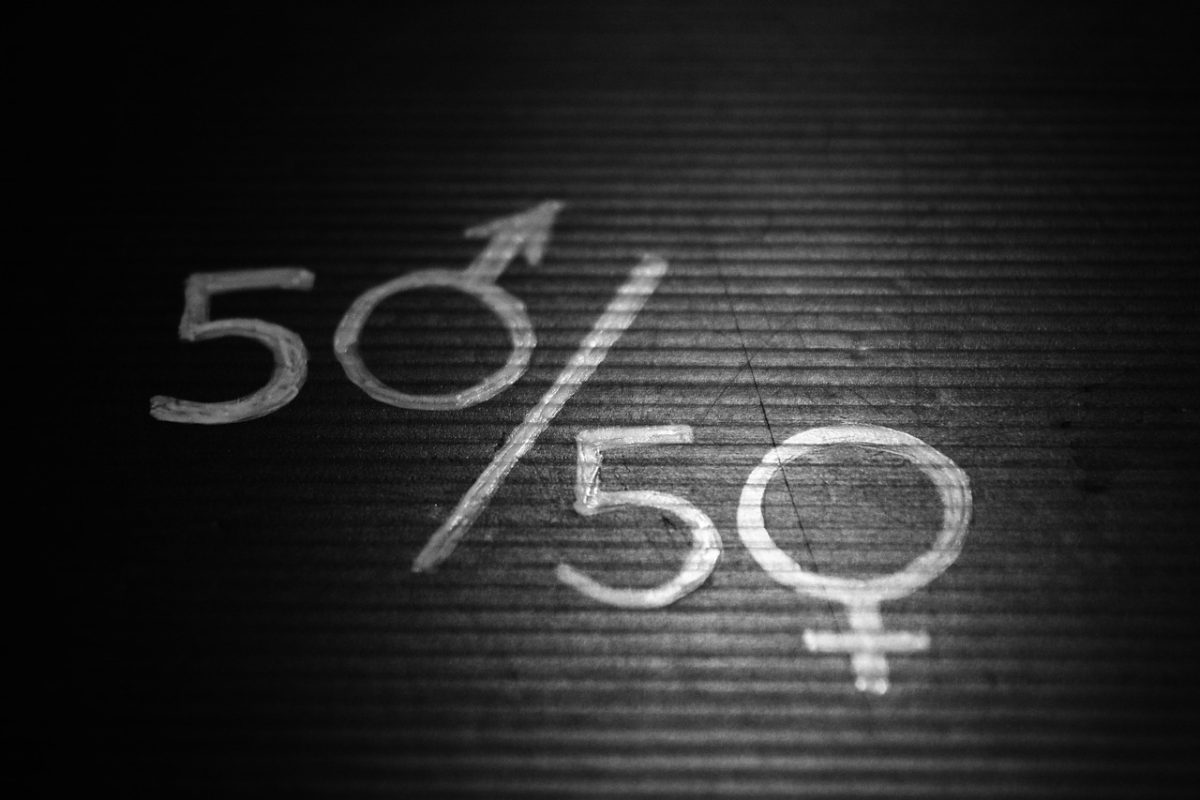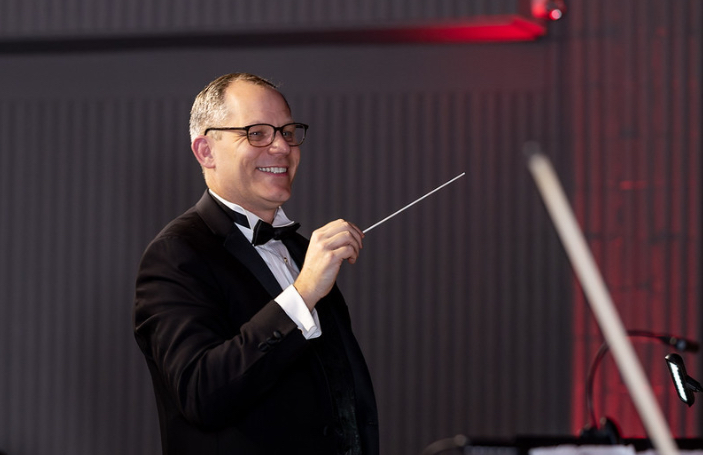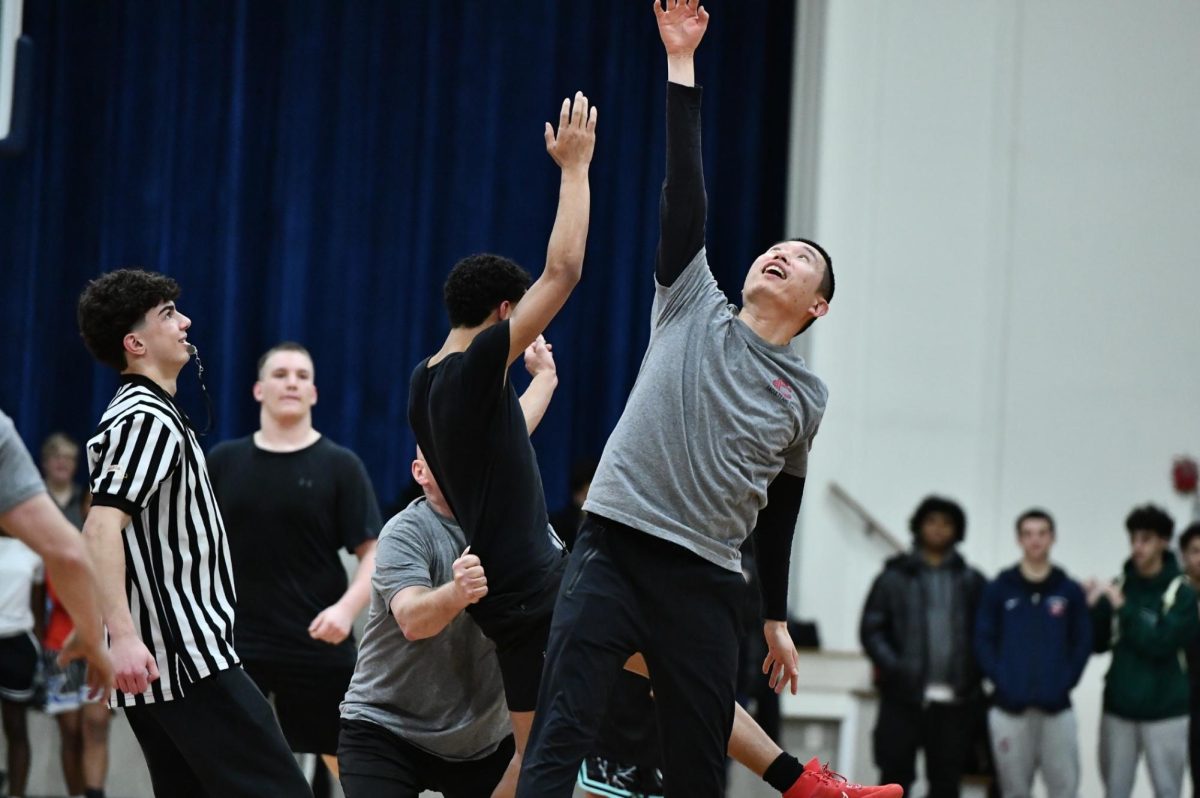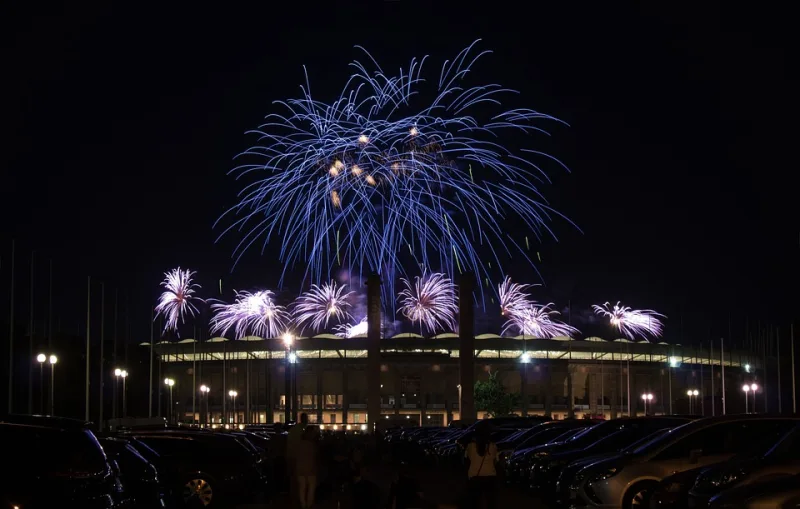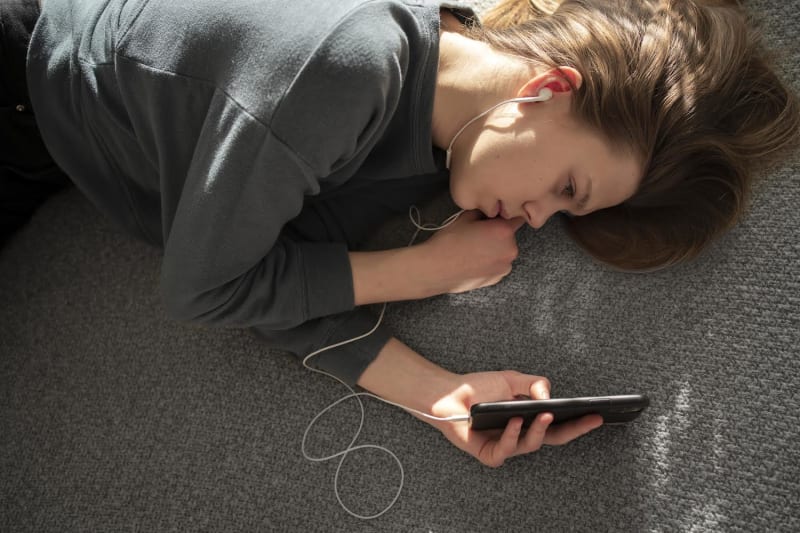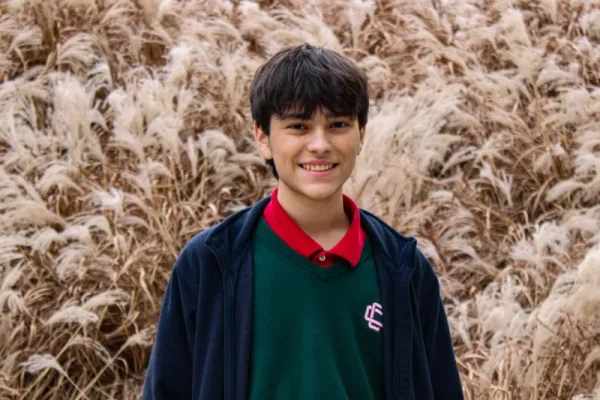By Alejandro Carter ’25
Source for the photo above: Pixabay
The Super Bowl Halftime Show has evolved over the years, originally starting out in the era of marching bands, and slowly evolving into the pop star performances that we have today. The first official halftime performance was in 1967, by the University of Arizona Symphonic Marching Band. Through the decades, the Super Bowl Halftime Show has gone through many different iterations, from marching bands to groups and artists such as U2, The Rolling Stones, Maroon 5, Madonna and others. Listed below are a few examples of interesting and unique Super Bowl Halftime Shows with hyperlinks that will take you to photos and further reporting on the various shows.
Michael Jackson:
Regarded as one of the best Super Bowl performances of all time, Michael Jackson’s 1993 Super Bowl performance went down in history as being the end of the old half-time show era, and entering in a new pop-centered period which we are still in today. Some of the songs he performed include “Billie Jean”, “Black or White”, “Heal the World” and others. While Jackson’s performance was not a spectacular scene, it is highly regarded as being the start of a new era for the show, and being one of the first of it’s kind of performance by a solo artist.
Indiana Jones:
In 1995, the Super Bowl Halftime Show featured something pretty bizarre, an entire Indiana Jones themed performance, with performers coming on in between acted scenes from the movie. The Indiana Jones theme was done as a tie in with the new ride opening at Disneyland that same year.
Paul McCartney:
On February 6th, 2005, Paul McCartney performed at Super Bowl XXXIX. This was the first time anyone from The Beatles had performed at a halftime show, and it was right during a period of the show’s history which was dominated by rock acts, like The Who and The Rolling Stones. This era would slowly come to an end by the 2010’s.
Prince:
On February 1st, 2007, Prince turned the Super Bowl press conference regarding his upcoming halftime performance into a show instead of answering questions. When reporters filed into the conference room, they were met with the sight of a stage set up with instruments. Prince strode on to the stage with his dancers and backing band. Suddenly, when the first question was asked by a reporter, the whole band broke into an impromptu performance.
Prince’s Super Bowl XLI Halftime Show was a legendary performance that would go on to be one of the highest regarded performances of any Super Bowl performer. The track list included a snippet of a of Queen’s “We Will Rock You”, Prince’s “Let’s Go Crazy”, “1999”, Baby I’m a Star”, “Purple Rain”, as well as covers for the Foo Fighters’s “Best of You”, Creedance Cleerwater Revival’s “Proud Mary” and Bob Dylan’s “All Along the Watchtower”, making Prince’s performance one of the most memorable halftime shows
The Weeknd:
The Weeknd performed at Super Bowl LV on February 7th, 2021. Although The Weeknd himself did not appear on the field until the last song, which was uncommon for performances at the Super Bowl. The performance was created to cater to the large television audience, with camera cuts and shots of the artist inside a mirror maze while performing his song “Can’t Feel My Face”. The Weeknd put $7 million of his own money into the production, to ensure that it was as good as it could possibly be. Due to Covid restrictions, the performance had to be scaled down a bit. You can find The Weeknd’s full performance here.
Other notable performances:
Throughout the course of the show’s history, many artists have performed, and while many of these performances are notable in their own right, there are many which also deserve to be mentioned. Other notable performances at Super Bowls over the years include: 2022’s performance by Eminem, Dr. Dre, Snoop Dogg, Kendrick Lamarr, 50 Cent and Mary J. Blige; 2016’s performance by Bruno Mars, which is notable as Mars was the youngest performer to ever be featured as the sole performer at the Half Time Show. 2013’s Super Bowl performance featured a reuniting of Destiny’s Child featuring Beyonce, Kelly Rowland, and Michelle Williams; and 2009’s performance by Bruce Springsteen & the E Street Band.
Overall, these performances are notable because they all brought something new or unique to the stage. The performances and featured artists follow the trends of pop culture and musical influence throughout the decades. Looking back on these performances is like looking into a time capsule in which we see how these artists have changed from their moment in the Super Bowl spotlight to now. It is also interesting to look back and see how the show itself has changed, from the early days with marching bands through the evolution of the show to where we are today, with artists such as Rihanna and The Weeknd taking the stage.

